£5 million for incredibly rare Chinese chairs at Bonhams Chinese Art Sale
Lot 80. An important and exceptionally rare set of four huanghuali folding chairs, Jiaoyi, 16th-17th century. Estimate GBP 150,000 ~ 200,000. Sold for £5,296,250 (€5,975,483). Photo: Bonhams.
LONDON.- A Set of Four Huanghuali Folding Chairs were sold for £5,296,500 at Bonhams Fine Chinese Art sale in London today (Thursday 9 November).
The chairs are the only known version of this form and type, and are widely considered a masterpiece of Ming Dynasty furniture. They had been estimated at £100,000-150,000. In a packed saleroom, the bidding war finally came down to a tense battle between a bidder in the room and one on the phone with the chairs finally knocked down to the phone bidder.
A Bonhams spokesperson said, “The fierce and lengthy bidding reflected the huge importance and rarity of these chairs and is a testament to the Marchese Taliano de Marchio’s incredible eye.”
Lot 80. An important and exceptionally rare set of four huanghuali folding chairs, Jiaoyi, 16th-17th century. Estimate GBP 150,000 ~ 200,000. Sold for £5,296,250 (€5,975,483). Photo: Bonhams.
Provenance: Francesco Maria, Marchese Taliani de Marchio (1887 - 1968), Grand Officer of the Italian Crown, Commander of the Order of St Maurice and Lazarus, and Commander of the Order of Pius IX (Ordine Piano), and his wife Archduchess Maragaretha d'Austria Toscana, Marchesa Taliani de Marchio (1894 – 1986).
According to the collection inventory list, acquired in Beijing.
Published and Illustrated: Gustav Ecke, 'Wandlungen Des Faltstuhls: Bemerkungen zur Geschichte der Euraischen Stuhlform' ('Development of the Folding Chair: Observations on Euroasian Chair Forms'), in Monumenta Serica, vol.9, 1944, pp.34-52, pl.I (a) (one of four) and pl.II (a) (detail of medallion on splat) and with specific mention in pp.35-36, 38, 43, 45-47, and 51.
Gustav and Yuho Ecke, image courtesy of Orientations.
Note: The important set of four huanghuali folding chairs which may be considered a masterpiece of Ming dynasty furniture making, is exceedingly rare in form and type, with no other identical single chair, or indeed a set, known to have been published. Ming dynasty folding chairs were made in two main forms: horseshoe-back shape, of which there are many extant examples, and in square back form, of which very few survive. Of the square back form two main types are known – without arms as the present lot – and with arms, also known as 'Drunken lord's chair'. Dr Gustav Ecke in his important article 'Wandlungen Des Faltstuhls: Bemerkungen zur Geschichte der Euraischen Stuhlform' ('Development of the Folding Chair: Observations on Euroasian Chair Forms'), ibid., pp.36, concludes the set of chairs are Ming dynasty in date.
Folding chairs such as the present lot would have belonged to the elite and used at home, in the garden and when travelling, which would also explain their relative scarcity due to wear (particularly when made from softwood). These were used for formal and informal occasions, when on military campaigns or enjoying leisurely pursuits. Despite their rarity today, these square back folding chairs often appeared in illustrated Ming dynasty novels and were illustrated in the late Ming pictorial encyclopedia Sancai Tuhui (三才圖會) as yi die zhe (椅疊折, literally 'folding chair'); see a related Ming dynasty folding chair but in softwood with a yokeback top rail which belonged to King Philip II of Spain (1527 - 1598) and is still in the palace of El Escorial.
A folding chair, 16th century, which belonged to King Philip II of Spain (1556 - 1598), El Escorial, Spain.
For Ming dynasty variations of square-back huanghuali folding chairs, see Grace Wu Bruce, Living with Ming - The Lu Ming Shi Collection, 2000, pp.88-89, no.16 (with yokeback top rail and without a central splat); two but with arms of the 'Drunken lord's' type, are illustrated by S.Handler, Austere Luminosity of Chinese Classical Furniture, Berkeley, California, 2001, p.70, fig.5.9, and R.H.Ellsworth et al, Chinese Furniture: One Hundred Examples from the Mimi and Raymond Hung Collection, New York, 1996, no.26; and a fourth example with a yokeback, is illustrated in R.H.Ellsworth, Chinese Furniture: Hardwood Examples of the Ming and Early Ching Dynasties, New York, 1971, pl.26.
Most extant examples of Ming dynasty folding chairs made from huanghuali are of the horseshoe shape type; see for example one in the Palace Museum, Beijing, illustrated in Huanghuali Furniture, Beijing, 2008, pl.8; and another, with a similarly shaped splat back, dated as Yuan dynasty, illustrated by Wang Shixiang, Classic Chinese Furniture – Ming and Early Qing Dynasties, Bangkok, 1986, pl.57; for further examples see S.Handler, ibid., pp.60-71, (compare the closely related chilong decoration on the front seat stretcher, the foot stand and edged back splat on a folding armchair, Ming dynasty, from the Museum of Classical Chinese Furniture, Renaissance California and the example from the collection of John W. Gruber, New York, figs.5.1 and 5.4).
See a huanghuali folding horseshow-back chair, 16th/17th century, which was sold at Sotheby's New York, 19-20 March 2007, lot 312, and another which was sold at Christie's New York, 16 October 2001, lot 254.
A superbly carved huanghuali folding horseshoe-back chair, (Jiaoyi), Late Ming dynasty, 16th-17th Century. 38 1/2 by 27 1/2 by 21 in., 97.8 by 69.8 by 53.3 cm. Sold for 408,000 USD at Sotheby's New York, 19-20 March 2007, lot 312. Photo: Sotheby's.
A Rare Huanghuali Horseshoeback Folding Armchair, Jiaoyi, 16th century. Sold for 424,000 USD at Christie's New York, 16 October 2001, lot 254. © Christies Images Ltd 2001.
An important and exceedingly rare pair of Huanghuali Tapering Cabinets from the Ming Dynasty from the same collection, estimated at £200,000-300,000, sold for £1,688,750.
Lot 86. An important and exceedingly rare pair of large huanghuali tapering cabinets, yuanjiaogui, Ming Dynasty, 16th-17th century. Estimate GBP 200,000 ~ 300,000. Sold for £1,688,750 (€1,905,328). Photo: Bonhams.
Each with an elegantly rounded protruding top with 'ice-plate' edge set on subtly splayed oval corner posts housing well-figured, book-matched, single panelled doors opening from the removable central stile to reveal the interior fitted with two shelves, with a metal three-part rectangular lock plate and pulls, all above a plain narrow apron with rounded apron spandrels, original lacquer coating on the backs. Each 189cm (74 3/8in) high x 97cm (38 1/4) wide x 51cm (20in) deep. (6).
Provenance: Francesco Maria, Marchese Taliani de Marchio (1887 - 1968), Grand Officer of the Italian Crown, Commander of the Order of St Maurice and Lazarus, and Commander of the Order of Pius IX (Ordine Piano), and his wife Archduchess Maragaretha d'Austria Toscana, Marchesa Taliani de Marchio (1894 – 1986).
Acquired from Robert M. Drummond, Beijing, 15 April 1939.
Published and Illustrated: Gustav Ecke, Chinese Domestic Furniture, Beijing, 1944, no.90, pl.111 (one of the pair)
Gustav Ecke, 'Notes on Chinese Furniture' in Orientations, Hong Kong, November 1991, p.75, fig.23
Note: These magnificent cabinets are exceptionally rare and exhibit the highly refined craftsmanship of the late Ming dynasty. This is particularly evident in the four matching door panels cut from the same timber, demonstrating an identical grained and whirling pattern, as well as in their timeless elegance of perfect proportions and simplicity. In his article 'Notes on Chinese Furniture', the renowned scholar of Chinese furniture Dr Gustav Ecke, wrote with regard to the present cabinets that the stilted feet in the noble pieces of the Marchese Taliani de Marchio give an unusual distinction to this type of cabinet.
In the Ming tradition, furniture was selected from books of drawings at the cabinetmaker's workshop and made to the proportions required. This would have led to certain unique personal preferences in stylistic choices, such as the higher beaded oval feet in the present lot, which lent it its 'unusual distinction'. Subtle variations give individual character to different tapered cabinets. The present lot's verticality is emphasised by higher legs, the grooving and beading of major upright supports, and long lock plates. The slight splay of the legs, create the impression of upward movement, and further underscores how the Ming craftsmen injected dynamism and movement into a static object.
See a related pair of tapered huanghuali cabinets, early to mid-16th century, of slightly smaller dimensions, also with high legs but with upward-flip spandrels and ribbing, in the Nelson-Atkins Museum of Art, Kansas City, illustrated by S.Handler, Austere Luminosity of Chinese Classical Furniture, Los Angeles, 2001, p.251, fig.15.12 (the Nelson-Atkins pair of cabinets were only known through Gustav Ecke's Chinese Domestic Furniture, no.92, pl.113, until they were found in the early 1980s by Eskenazi Ltd., London, and purchased by the museum; see G.Eskenazi and H.Elias, A Dealer's Hand: The Chinese Art World Through the Eyes of Giuseppe Eskenazi, London, 2012, p.247, no.186); for another related example of pair of cabinets, late 16th/ 17th century, also of smaller dimensions, see R.H.Ellsworth, et al, Chinese Furniture: One Hundred Examples from the Martin and Raymond Hung Collection, New York, 1996, pp.190-191, no.74; see also a single cabinet of similar form, but of much smaller size, illustrated in Wang Shixiang, Classic Chinese Furniture - Ming and Early Qing Dynasties, Bangkok, 1986, pl.141.
A single huanghuali sloping-stile wood-hinged cabinet, late Ming dynasty, but of smaller size, was sold at Sotheby's Hong Kong, 6 April 2016, lot 104; see also a huanghuali square corner tapered cabinet, fangjiaogui, 17th/ 18th century, which was sold at Christie's New York, 21 March 2013, lot 930.
A huanghuali sloping-stile wood-hinged cabinet, Late Ming dynasty. Sold for 6,320,000 HKD at Sotheby's Hong Kong, 6 April 2016, lot 104. Photo Sotheby's.
Cf. my post: A huanghuali sloping-stile wood-hinged cabinet, Late Ming dynasty
A magnificent and very rare huanghuali square-corner tapered cabinet, fangjiaogui, 17th-18th century. Sold for 663,750 USD at Christie's New York, 21 March 2013, lot 930. © Christies Images Ltd 2013
Robert and William Drummond were Chinese furniture dealers in Beijing during the first half of the 20th century. Dr Gustav Ecke in his seminal publication Chinese Domestic Furniture, Beijing, 1944, made a particular mention of "Robert and William Drummond, whose active interest has enriched the present collection and the homes of many Peking residents".
Marchese Taliani was a distinguished Italian diplomat who lived through major historical upheavals of the first half of the 20th century, events whose impact affect all to this day. His first diplomatic appointment was to Berlin in 1912; followed by Constantinople in 1913, where during the First World War he negotiated an agreement for the protection of Italian citizens and interests in the (soon to be partitioned) Ottoman Empire. From 1916 to 1919 he served in St Petersburg, and under the privilege of diplomatic immunity was in a unique position to observe and chronicle first-hand the October Revolution, its day by day development, the subsequent fall of Tsarist Russia and the establishment of the Soviet Republic; from 1919 he served in Rome as Secretary of State for the Ministry of Foreign Affairs; with later assignments to London (1921 - 1923) and again to Constantinople (1924 – 1928), this time as the Republic of Turkey; from 1929 - 1930 he was in Rome as Head of Protocol of the Ministry of Foreign Affairs; in 1932 he was appointed Italian Ambassador to the Netherlands; in 1938 he was appointed Ambassador to China, where he remained until 1946; and his last diplomatic appointment was in 1951 as Ambassador to Spain until 1952.
Marchese Taliani de Marchio presenting his credentials.
Sent to China in 1938 as Ambassador to the Nationalist Government of Chiang Kai-shek in Nanjing, he became an acute - and far from humourless, despite the hardships of everyday life - front line eye-witness of the Second Sino-Japanese War, during which the Japanese forces captured the capital and attacked Shanghai. When Mussolini recognised Wang Jingwei's Japanese puppet government, Taliani presented his credentials to him. On 8 September 1943, having refused to swear allegiance to the Italian Social Republic (Republic of Salò), he and his wife, the Archduchess Margaretha d'Austria Toscana (1894 - 1986), were arrested and interned by the Japanese in a concentration camp near Shanghai, where they remained for two years until the end of the war. After the end of hostilities, the new government of Alcide De Gasperi reconfirmed him as Ambassador to China until 1946.
Marchesa and Marchese Taliani de Marchio examining objects.
A number of masterpieces of classical Chinese furniture in the collection have been published by the eminent scholar Dr Gustav Ecke in his seminal book Chinese Domestic Furniture, Beijing, 1944, as well as Dr Ecke's article devoted to folding chairs, 'Wandlungen Des Faltstuhls: Bemerkungen zur Geschichte der Euraischen Stuhlform' ('Development of the Folding Chair: Observations on Euroasian Chair Forms'), which was published in Monumenta Serica, vol.9, 1944.
Many of the purchase invoices survive, providing an important documentation of Chinese art dealers active in Shanghai and Beijing between 1938 and 1946. The majority of the invoices are dated to between December 1938 and July 1943, with a significant gap until April 1946, explained by Marchese and Marchesa Taliani's internment by the Japanese. The long list of dealers demonstrates the vibrant Chinese art market in Shanghai and Beijing in the late 1930s and early 1940s; this list includes the following:
In Shanghai - K. D. Lu, Yee Chun Chang, C. K. Chou, Strehlneek's Gallery of Chinese Art, The Midoh Co., Tung Koo Tsar Chinese Curios & Arts Co., Philip Chu, Zui Wha Curios & Co., T. Y. King & Co., King Koo Chai, Tai Loong & Co., Tin Dao Shan Fang, Y. L. Hong, Chu Tsun Tsai, The China Curios Co., Hsueh Ken Chai, Zung Chang Ziang Co., The Little Pagoda, M. L. Kwauh, Hoggard – Sigler, and Foo Yuen Tsai.
In Beijing - J. Plaut, Jung Hsing Chai, Mathias Komor, Tung Ku Chai Curio and Picture Store, Yi Pao Chai Jade Store, Jung Hsing Chai, Wan E. Cheng, Yung Pao Chia Jade Store, Mario Prodan, and Tung Yi & Co.

/https%3A%2F%2Fprofilepics.canalblog.com%2Fprofilepics%2F1%2F0%2F100183.jpg)
/https%3A%2F%2Fstorage.canalblog.com%2F03%2F02%2F119589%2F96711876_o.jpg)
/https%3A%2F%2Fstorage.canalblog.com%2F11%2F31%2F119589%2F94773502_o.jpg)
/https%3A%2F%2Fstorage.canalblog.com%2F20%2F83%2F119589%2F94772815_o.jpg)
/https%3A%2F%2Fstorage.canalblog.com%2F26%2F72%2F119589%2F75604929_o.jpg)
/https%3A%2F%2Fstorage.canalblog.com%2F59%2F60%2F119589%2F26458628_o.jpg)


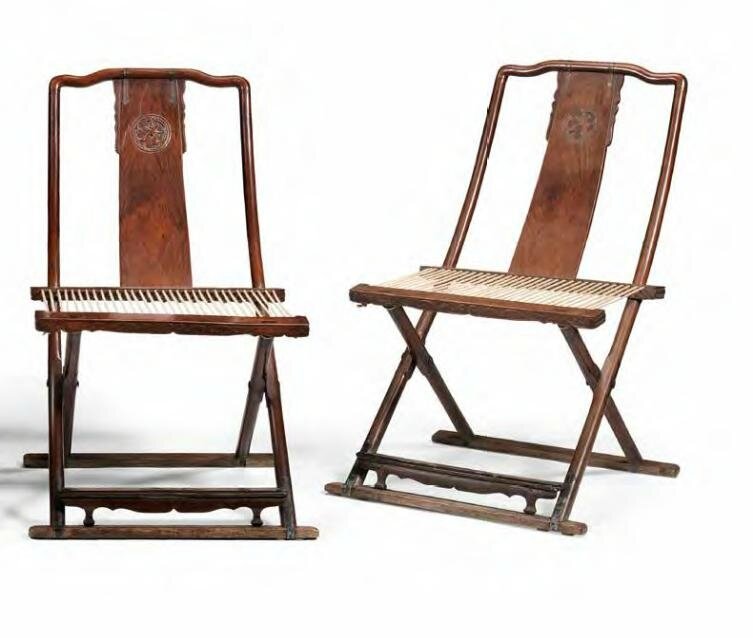
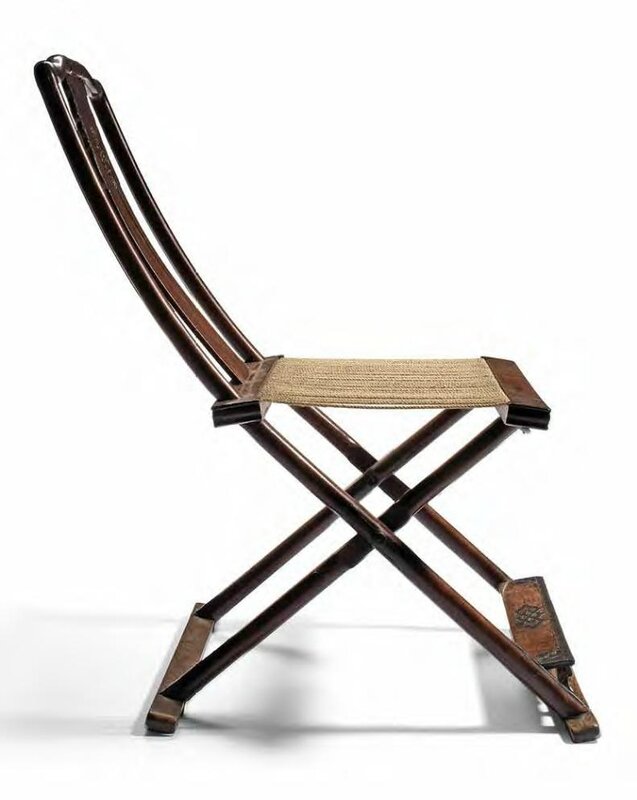

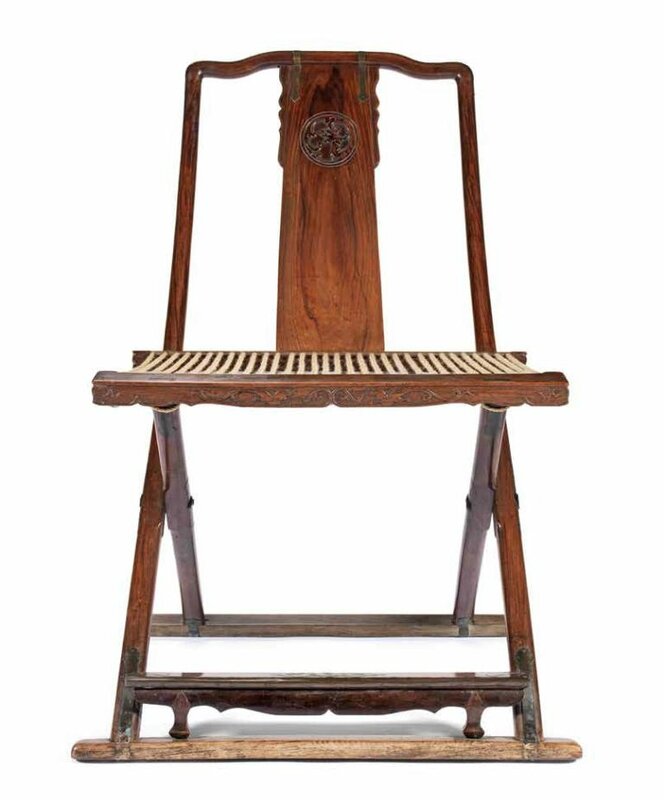
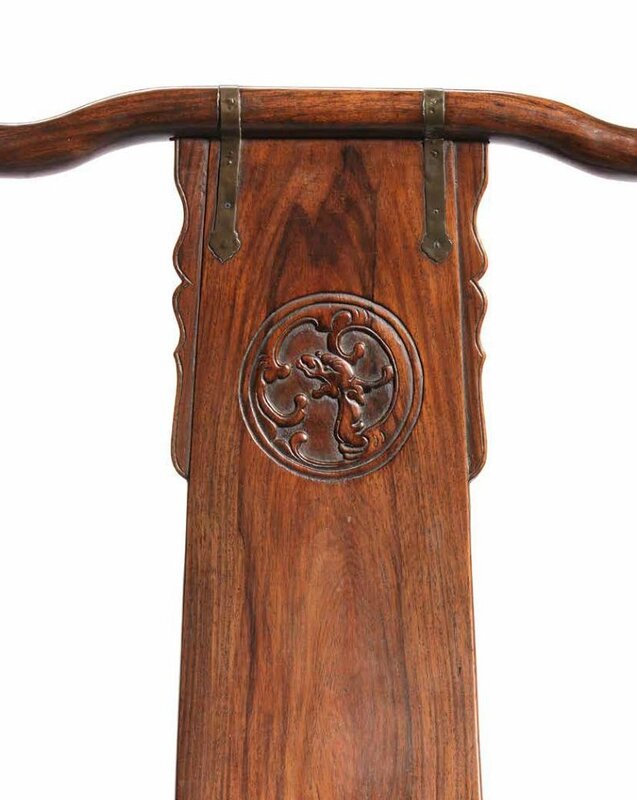




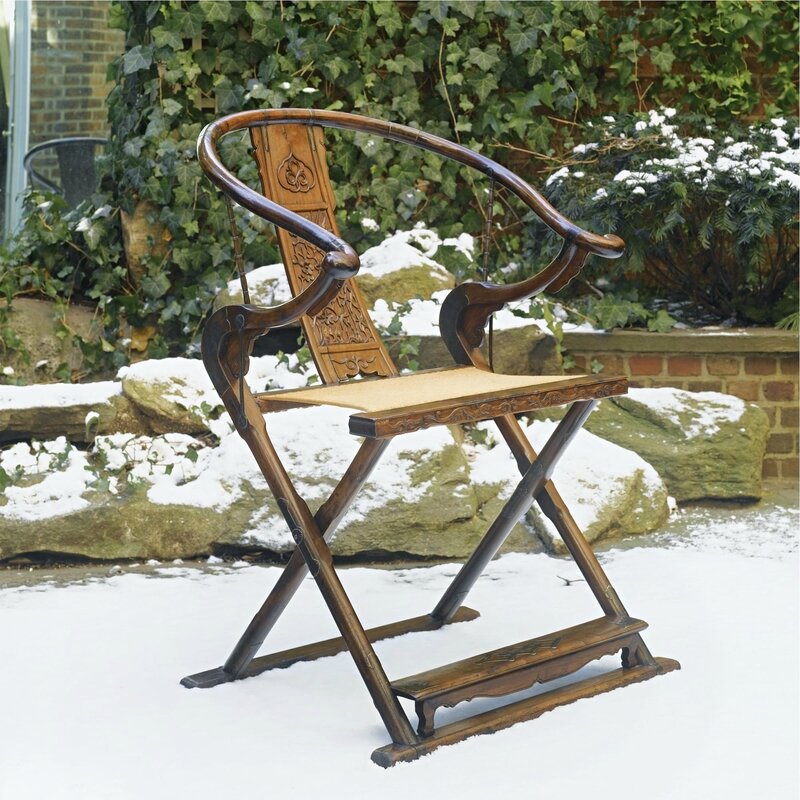


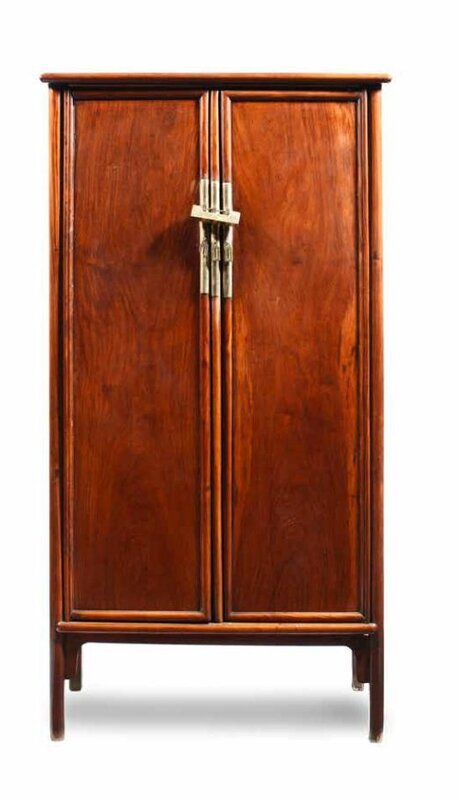


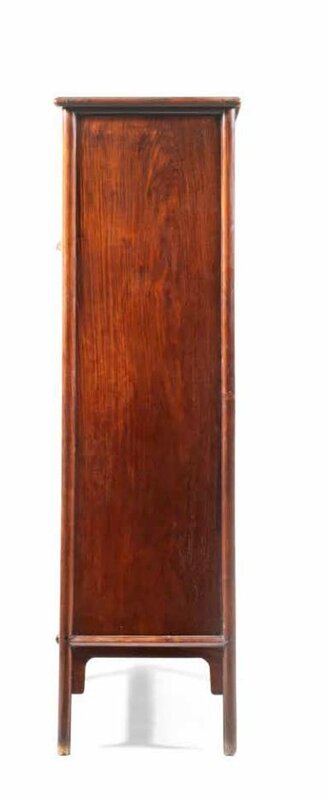


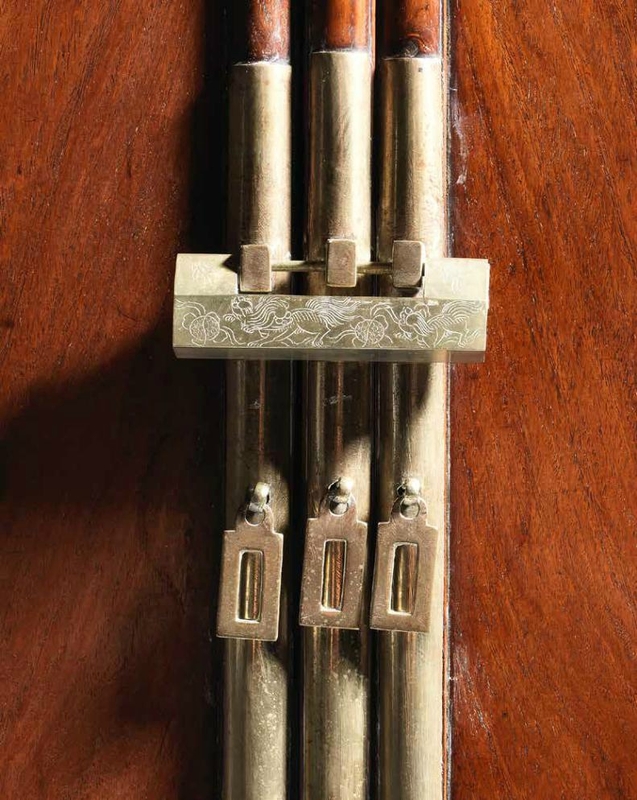







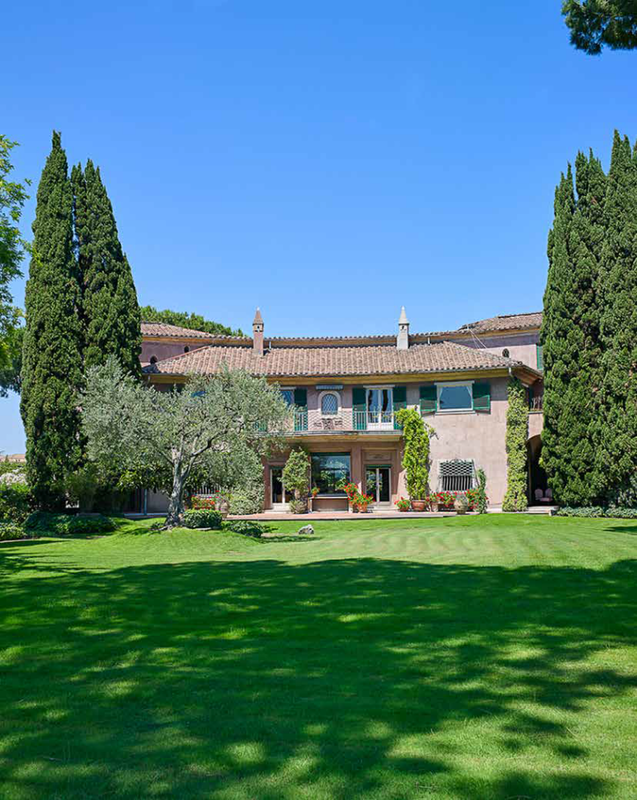





/image%2F1371349%2F20240409%2Fob_fc01a6_2024-nyr-22642-0899-000-a-rare-small-h.jpg)
/image%2F1371349%2F20240409%2Fob_1299ed_2024-nyr-22642-0898-000-a-rare-huanghu.jpg)
/image%2F1371349%2F20240403%2Fob_b08891_telechargement-4.jpg)
/image%2F1371349%2F20240403%2Fob_b24488_telechargement.jpg)